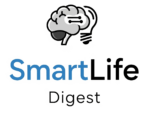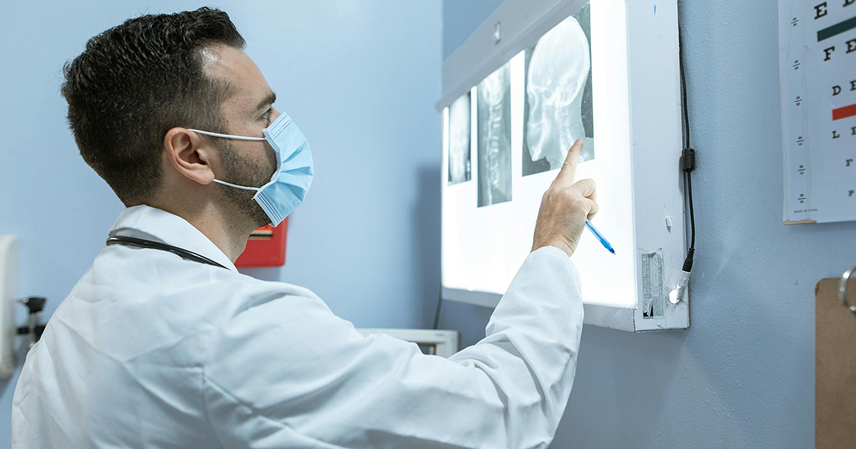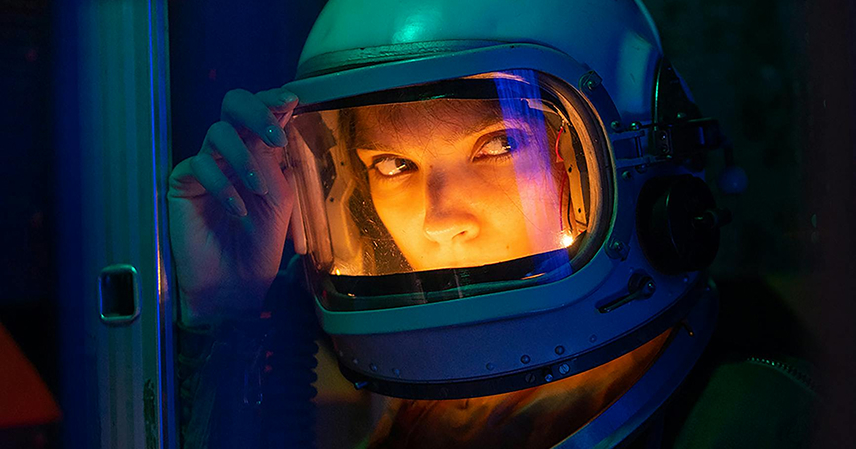The human brain is arguably the most complex object in the known universe. With approximately 86 billion neurons firing across trillions of connections, it is the source of our thoughts, emotions, memories, and our very sense of self. For centuries, it remained a “black box,” but thanks to incredible advances in neuroscience, we are now living in a golden age of brain discovery.
Let’s explore some of the most exciting new insights that are fundamentally changing how we understand our own minds.
## 1. Beyond a Fixed Blueprint: The Power of Neuroplasticity 🧠
Perhaps the most empowering discovery of modern neuroscience is neuroplasticity. For a long time, it was believed that the adult brain was largely fixed. We now know this is untrue. Neuroplasticity is the brain’s remarkable ability to reorganize itself by forming new neural connections throughout life.
- What it means: Every time you learn a new skill, form a memory, or adapt to a new experience, you are physically changing your brain’s structure.
- Why it matters: This principle is the basis for learning and memory. It also explains how the brain can recover from injury, such as a stroke, by allowing healthy regions to take over the functions of damaged ones. It proves that we can actively shape our brains through our habits, thoughts, and actions.
## 2. Mapping the Mind: The Promise of the Connectome 🗺️
If the brain is a complex city, the connectome is its complete road map. Neuroscientists are now working on an ambitious project to map this entire wiring diagram, tracking how different brain regions and even individual neurons are connected.
- What it means: Using advanced imaging techniques like Diffusion Tensor Imaging (DTI), scientists can visualize the neural pathways that carry information.
- Why it matters: This is revolutionizing our understanding of mental health. Many disorders, from schizophrenia to autism, are now being viewed as “connectivity disorders,” where the communication between brain regions is disrupted. Mapping the connectome could lead to much earlier diagnoses and targeted treatments.
## 3. The “Second Brain”: Your Gut’s Role in Health and Mood
One of the most surprising insights is the discovery of the gut-brain axis—a powerful, bidirectional communication network linking our digestive system and our brain. Your gut is lined with millions of nerve cells and home to a complex ecosystem of microbes that profoundly influence your mental state.
- What it means: Your gut microbiome helps produce crucial neurotransmitters, including about 90% of your body’s serotonin (the “happy chemical”).
- Why it matters: This link means that gut health is directly tied to mental well-being. Issues like chronic inflammation in the gut can contribute to conditions like anxiety and depression. It reinforces the idea that brain health is inseparable from whole-body health.
## 4. Illuminating Consciousness: The Brain at Rest ✨
What does your brain do when you’re not doing anything at all? By studying the brain at rest, scientists discovered the Default Mode Network (DMN). This is a network of brain regions that becomes active when we are daydreaming, recalling memories, thinking about the future, or reflecting on ourselves.
- What it means: Your brain is never truly “off.” The DMN is believed to be central to our sense of self, our autobiographical memory, and even our consciousness.
- Why it matters: Disruptions in the DMN are linked to a variety of conditions, including Alzheimer’s disease, depression, and ADHD. Understanding this network is bringing us closer to understanding the neural basis of human consciousness itself.
## Conclusion
We are just beginning to scratch the surface of understanding the human brain. These new insights from neuroscience show us that our brain is not a static computer but a dynamic, adaptable, and deeply integrated part of our body. The more we learn, the more we realize that we have the power to influence our own brain health through lifelong learning, a healthy lifestyle, and a continued sense of curiosity. The journey into our own minds is the greatest exploration of all.



